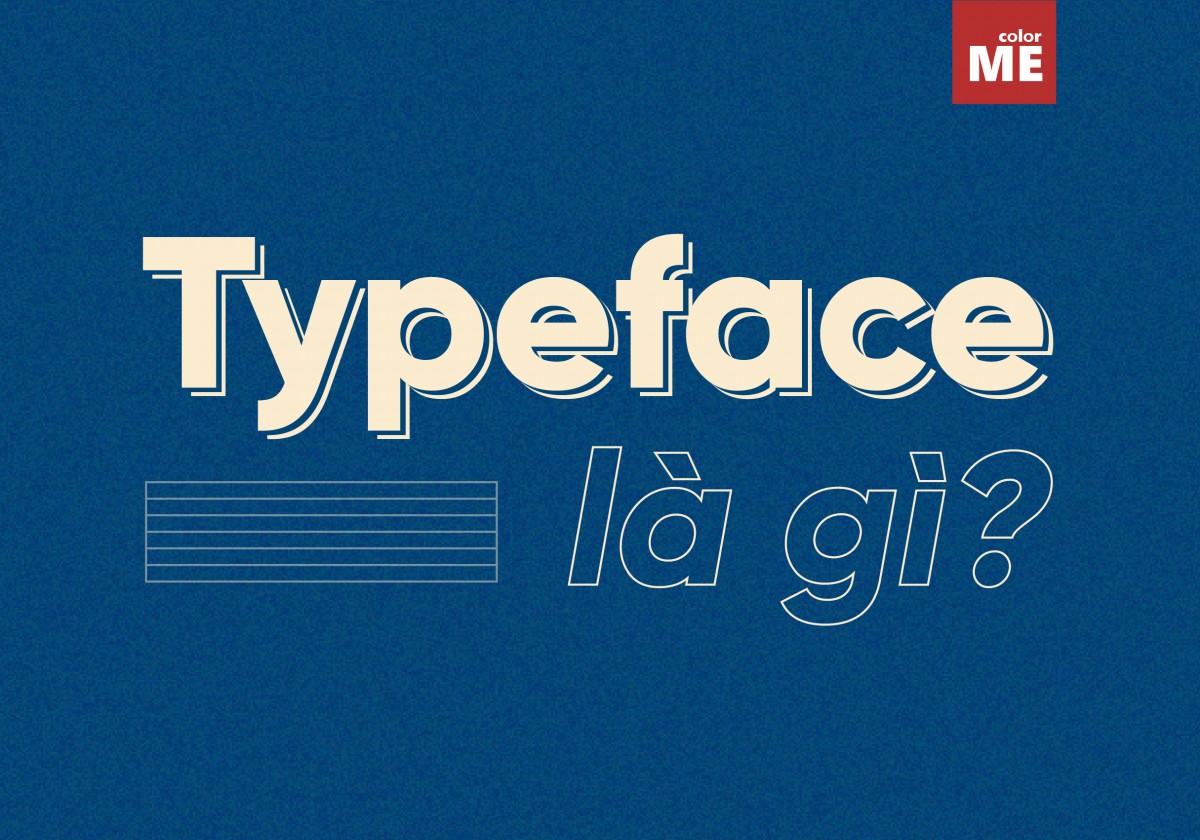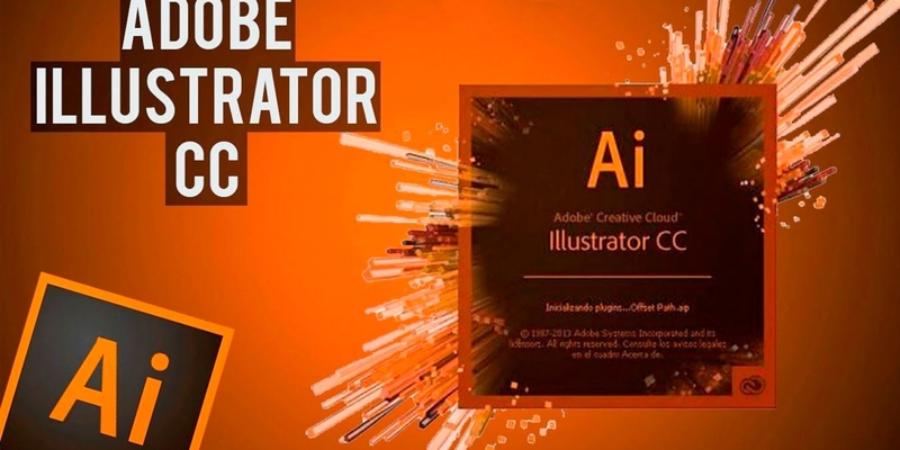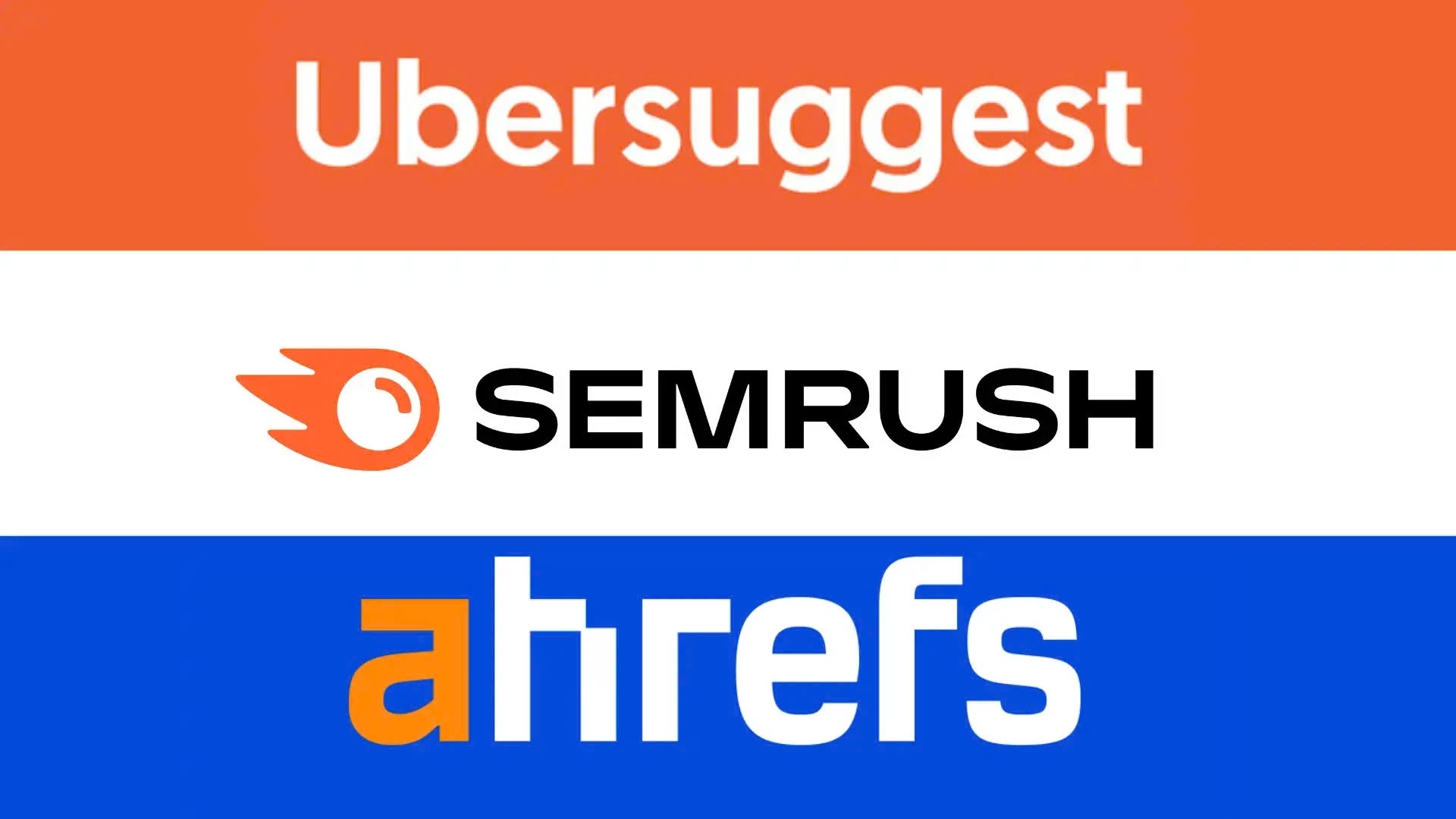Best Selling Products
What is Typeface? Important Rules When Choosing Typeface
Nội dung
Most designers are still quite vague about the concept of typeface when they first start out. So what is typeface? Let's find out with ColorME!

What is Typeface?
Typeface, also known as Font family, is a set of letters that share common design features. In other words, each typeface is a collection of characters, each character representing a letter, number, punctuation mark, and other symbols...
.jpg)
What is Typeface?
In general, typeface is a broad definition, covering the concept of font because it is not limited by size or format. For example, we can use the typeface Arial size 10pt, Bold Italic format, but will use the font Arial Bold Italic with size 10pt.
Typeface Classification
San Serifs
This is a type of font without serifs (Examples: Arial, Verdana, Tahoma, Futura, Franklin Gothic, Gill Sans, Univers…). This type of font is easily recognizable due to its simplicity. With the strong development of the Internet and the great strides in the printing industry, Sans Serifs are widely used and popular due to their high suitability, readability and variety in size. In addition, Sans Serifs is an effective typeface in conveying messages quickly and concisely without using emphasis or decorative methods.
.jpg)
Designers often take advantage of the simplicity of Sans serifs to create a new trend or bring minimalism to their work. The restraint in the decorative lines of Sans serifs will bring a more unique and attractive look.
Serifs
Serifs are typefaces with serifs (Examples: Cambria, Times New Roman, Georgia, Book Antiqua, Garamond, Century Schoolbook, and Bookman…). Serifs are quite similar to Sans serifs in the top and bottom of each character. Serifs are the default typeface for Email users or professional designers.
.jpg)
In addition, Serifs are also a good choice for business letters, formal documents, advertising messages and many other types of media thanks to the professionalism and popularity that this typeface can bring.
Typeface Serifs also contains a sub-font called Slab Serifs. The font has a solid block shape, with characters spread out evenly without mixing together. Slab serifs have a font thickness suitable for headline text lines.
Script
This is a typeface created based on handwriting samples, mainly used for texts that express the writer's emotions or create empathy for the reader (For example: Comic Sans, Monotype Corsiva, Mistral, Lucida Handwriting, Brush Script...). Developed from chalk writing samples into an artistic and elegant typeface, Script is applied quite effectively in creating a sense of humor or sophistication.
.jpg)
Script is often used in formal documents or even informal documents that need emphasis. However, we should limit the use of this typeface in documents in highly organized environments because script does not convey power and prestige to the document.
Decorative
This typeface is classified in the same category as Serif due to its very decorative nature. The use of Decorative is shown as its name, this typeface is mainly used to create decorative objects or to emphasize the points that designers want to express. In addition, decorative is also used to express emotions and illustrate some separate genres or a specific time period.
.jpg)
However, you should avoid using it in news or business reports, because this typeface tends to reduce the importance of the text content. You should also be careful when using any typeface for Decor in your design!
Monospaced
This is a type of font where the width of the letters is equal, so when we look at it, we often have a feeling of roundness and evenness (monospace, lucida...).
.jpg)
Fantasy Decoration
This is a type of font with special shapes, usually shapes such as objects, people, patterns, cartoon characters, etc. (windesign...)
.jpg)
Mimicry
Mimicry is a decorative typeface that imitates the typography of another language, such as Chinese, Hindi, or Korean. These typefaces are often used to create a "foreign" feel to a design.
.jpg)
How to use typeface correctly?
The right choice
To customize and illustrate your ideas well, try out different solutions for Weight (Regular, medium, bold, heavy), Width (narrow, condensed, extended), italics, outline stroke and color... Changing the above attributes of the typeface also creates a clear change in the message you want to convey to the viewer.
Avoid abuse
Be careful and thoughtful when using typefaces like Comic Sans, Curlz, Papyrus, and Times New Roman.
When looking at typefaces individually, each has its own advantages. However, designers should be aware of the influence of these typefaces, as they are so overused that even the most inattentive person can still recognize them.
Conclusion
Above are some basic features of typeface that beginner designers need to know. And if you are looking for a way to become a professional designer, check out ColorME's design course !












































